Yeovil in the 1960s
Yeovil in the 1960s
A teenager's Yeovil in the 1960s
By Roger Froude
Yeovil in the early 1960s was still a local thriving livestock market town serving the local villages and small towns around. You could walk from lower Sherborne Road all the way up Middle Street and High Street and not find an empty shop and the majority were individual shops; florists, greengrocers, gents’ outfitters, ladies’ fashion, fishmongers, tobacconists, wool /haberdashery shops, book shops, bicycle /toy shops, ironmongers, sweet shops, cook shops, newsagents, ice cream shops, shoe shops, cafés and, of course, some major High Street stores; Marks & Spencer’s (now WH Smiths), Boots (now Burger King) and of course FW Woolworth’s - still stuck in the 1950s with its wooden floorboards and the aroma of hot fresh roasted peanuts. Opposite Woolworth’s you had the aroma of freshly baked bread from Chubb’s the baker’s shop and, as you joined the Borough, the smell of freshly ground coffee from the Cadena Café (on the corner of Wine Street, opposite Boots) where shoppers met for coffee or you could go upstairs to the silver service restaurant.
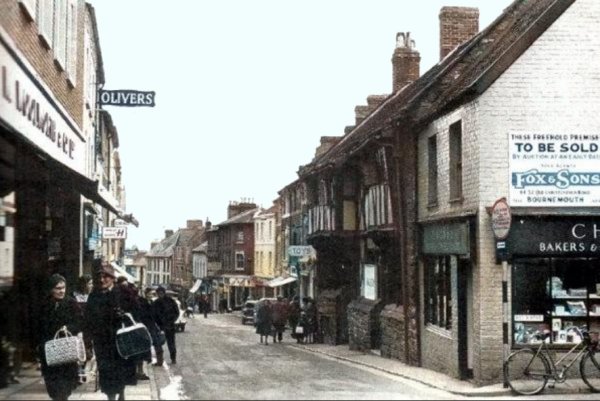
Taken in 1960 this photograph looks down Middle Street with Union Street at right. The George Inn right of centre was, by now, closed with its signage removed and the 'To Be Sold' sign for the row of premises had been erected. Chubb's bakers and confectioners store was still trading.
For teenagers the Borough was the meeting place Saturday afternoons (most of us had to work in the mornings) where we would decide what to do - usually we would just wander around town, going into the record shops where we would choose a “45” record and ask the assistant to play it so we could listen to it in a separate booth.
We would also go to the coffee bar downstairs in Finley's the tobacconist in the Borough (now a coffee shop and mobile phone shop). We would stay there as long as we could over one cup of coffee. Other coffee bars / cafés were the Bluebird in Silver Street (now a Chinese takeaway) then owned by Mr & Mrs Ward and the Black Bird in Kingston, just down from the Duke of York. The Black Bird always had a Blackbird in a cage inside and was mainly a biker’s coffee bar. It was demolished in the 1970s for the Queensway dual carriageway. The Bluebird and Black Bird both opened seven days a week and stayed open until 10pm. Both were meeting places weekday evenings and even lunchtimes for (usually) something with chips.
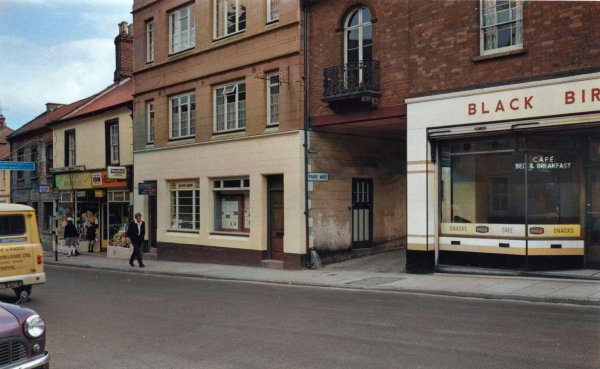
From the
Cave
Collection
(colourised).
Courtesy of South Somerset Heritage Collection
The west side of Kingston photographed in the mid-1960s. At centre is the Kingston entrance to Park Way (it even has a street nameplate) - next to the Black Bird Café.
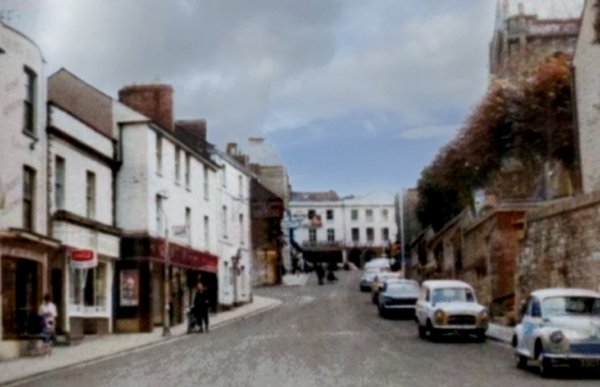
Dating to about 1965, this colourised photograph is taken from the bottom of Silver Street looking up towards the Borough. The Bluebird Café is at left.
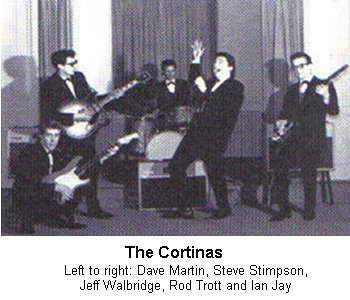 Saturday
nights were
usually spent at
the
Assembly Rooms
in
Princes Street
where a live
band would be
playing (disco's didn't
arrive until the
1970s). Sometimes
there would be
two bands, one
at each end of
the dance floor
-
usually local
bands. The
Tornadoes, who
later became
The Cortinas,
were very
popular. Doors
opened at
8pm and the
dance always
finished before
midnight as
nothing was
allowed to go on
into Sunday
morning.
Saturday
nights were
usually spent at
the
Assembly Rooms
in
Princes Street
where a live
band would be
playing (disco's didn't
arrive until the
1970s). Sometimes
there would be
two bands, one
at each end of
the dance floor
-
usually local
bands. The
Tornadoes, who
later became
The Cortinas,
were very
popular. Doors
opened at
8pm and the
dance always
finished before
midnight as
nothing was
allowed to go on
into Sunday
morning.
There were no shops open - only local newsagents / corner shops were open on Sundays and everything else, apart from the cinemas, in the town was closed. Pubs closed at 10:30pm but Friday and Saturday nights stayed open to 11pm. Unfortunately this meant the Army lads who spent the night drinking in mainly the Red Lion pub in Kingston (demolished for Queensway in the 1970s) and the Navy lads who had been drinking mainly in the Pall Tavern in Silver Street or the Albion in Vicarage Street (demolished for the Quedam Centre) came into the Assembly Rooms for the last hour and, being the worse for drink, very often a fight between the two forces started up, or sometime with local lads over a girl.
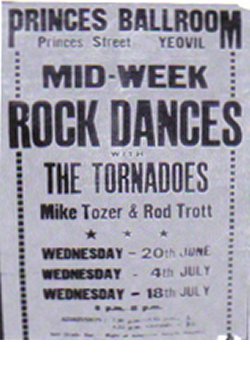 Walking home
after the dance
or the cinema or
just a night in
town you could
get cigarettes
if you had run
out. The
majority of
people smoked in
those days and
there was no ban
on smoking
almost anywhere
- even cinemas,
coffee bars and
cafés. There
were usually
cigarette
machines in the
doorways of
tobacconists
also there were
machines where
you could get an
ice cold carton
of milk or a
milk-shake and,
of course, the
chippy where you
could get a
tanner's worth
(sixpence or,
now, two and a
half pence) of
chips and some
scratchings
(bits of batter
from off the
fried fish).
Walking home
after the dance
or the cinema or
just a night in
town you could
get cigarettes
if you had run
out. The
majority of
people smoked in
those days and
there was no ban
on smoking
almost anywhere
- even cinemas,
coffee bars and
cafés. There
were usually
cigarette
machines in the
doorways of
tobacconists
also there were
machines where
you could get an
ice cold carton
of milk or a
milk-shake and,
of course, the
chippy where you
could get a
tanner's worth
(sixpence or,
now, two and a
half pence) of
chips and some
scratchings
(bits of batter
from off the
fried fish).
If you were lucky and could afford a car or a motorbike or scooter you could then drive down Middle Street or up King George Street (there were no pedestrian-only streets) and you could drive the circuit looking out for girls. Down Middle Street, across the Triangle and up South Street to the top of Hendford by the Three Choughs Hotel then turn right into High Street and back in the Borough where you would start again.
The 1960s saw the start of change in Yeovil; in 1961 Preston School opened, 1962 the George Hotel in Middle Street was demolished. Reckleford fire station was built in 1962. Yeovil College opened in 1963. The Museum of South Somerset opened in 1965. Maltravers House was built in 1969 (the Maltravers family were lords of the manor of Yeovil in the Middle Ages). In 1964 half of the railway stations closed in Yeovil. First to go was Hendford Halt which was closed on 15 June along with the line to Taunton. Then, on 2 October 1967, the Town Station closed. In the later part of the 1960s preparations were to begin for the new hospital, the Reckleford dual carriageway and Queensway.